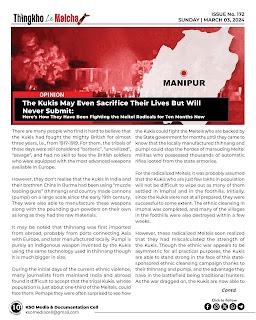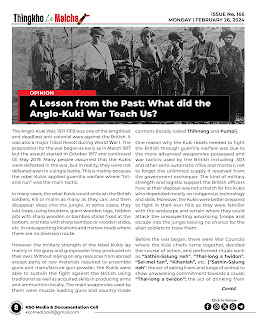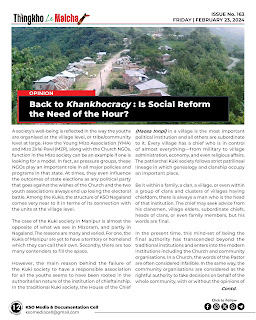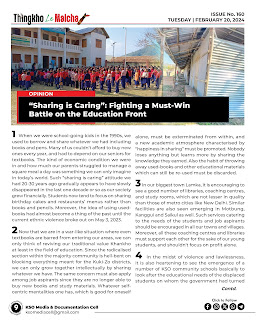Placing the Right Person at the Right Position: The Need to Reflect on How We Elect Our Representatives

On 17-18 February 2024, the ruling Bharatiya Janata Party (BJP) organized a two-day National Convention in New Delhi aimed at strategizing its plan for the upcoming Lok Sabha elections. Curiously, the Meitei chief minister, Mr. N. Biren Singh, chose to skip, rather forced to, and stayed back in Imphal, though BJP leaders from the Kuki community, including Minister Pi Nemcha Kipgen, attended the convention. The reason behind Biren’s absence was apparently due to the mounting pressure from various Meitei organizations to resolve the current crisis before initiating any process for the election. It is also noteworthy that while virtually inaugurating the newly constructed Jawaharlal Nehru Vidyalaya (JNV) School building online, the Honorable Prime Minister Shri Narendra Modi lauded Pi Nemcha, the lone woman in the state cabinet, for her contribution towards the upliftment of the people. Dr. S. Lorho Pfoze, the Hon’ble MP (Outer Manipur), and other dignitaries attending the function also







